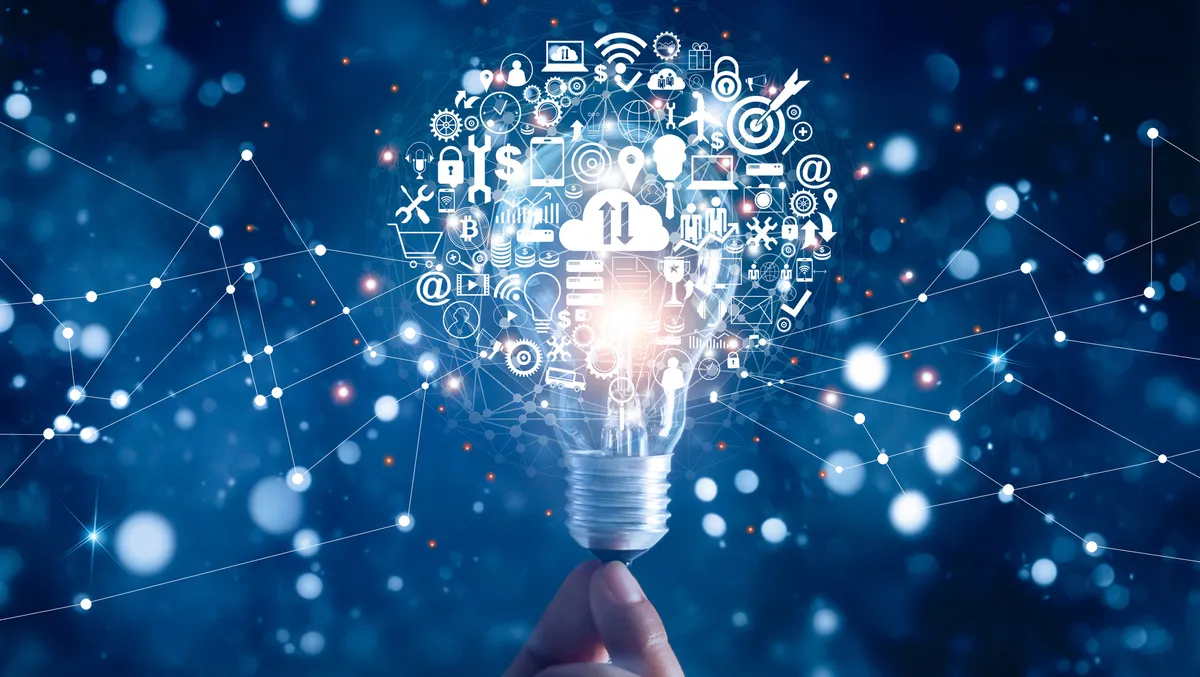In the modern digital age, unique identifiers, alphanumeric sequences, and cryptic codes are more than just random characters on a screen. They represent data, security, anonymity, and sometimes even personal branding. One such example is dnoga1b2c3d4, a code-like string that immediately sparks curiosity. At first glance, it appears to be a simple combination of letters and numbers, but upon closer examination, it becomes an intriguing entry point into discussions about online identities, encryption, and the human desire to leave a mark in the vast digital world.
What Makes dnoga1b2c3d4 Stand Out?
Alphanumeric strings are everywhere—passwords, usernames, system codes, and blockchain addresses. However, not all of them manage to capture attention. dnoga1b2c3d4 stands out because it is structured in a way that feels intentional, as though designed with meaning behind its letters and numbers. While it could simply be a generated code, the mix of characters suggests a deliberate pattern that may connect to personal choice, technical function, or creative expression.
The Role of Codes in the Digital Era
To understand the significance of a code like dnoga1b2c3d4, one must first appreciate how central such identifiers are in our daily digital interactions. Every time you log into an account, transfer cryptocurrency, track an order, or enter a digital community, you are engaging with codes. They function as gates to access systems, markers of identity, and safeguards of privacy. In this sense, dnoga1b2c3d4 is not just a string—it represents a larger phenomenon of how we rely on digital markers to navigate the online world.
Identity and Anonymity Online
One fascinating aspect of digital codes is their dual ability to conceal and reveal. On one hand, they anonymize, providing a layer of protection between an individual and the public eye. On the other hand, they can become associated with a unique persona, brand, or digital footprint. Imagine someone adopting dnoga1b2c3d4 as their online alias. Over time, this sequence could evolve from a random-looking code into a recognizable identity tied to creativity, thought leadership, or even niche online communities. This transformation highlights how codes are not just functional—they can also be deeply personal.
Patterns and Symbolism in Alphanumeric Codes
People often seek patterns in seemingly random sequences. Breaking down dnoga1b2c3d4, one notices a rhythm: a mix of letters and numbers alternating in a structured fashion. The letters “dnoga” may suggest a hidden word, name, or acronym. Meanwhile, the numerical sequence 1-2-3-4 progresses in a logical order, giving the entire string a sense of flow and intention. This balance between order and creativity mirrors how humans interact with digital codes. While machines require structure, humans often add layers of symbolism, making the same code meaningful on both technical and emotional levels.
The Security Dimension of Codes like dnoga1b2c3d4
Beyond identity, such codes have significant implications for cybersecurity. Strong alphanumeric strings are often used to protect accounts, ensuring that unauthorized users cannot gain access. A sequence like dnoga1b2c3d4 demonstrates the principle of complexity—mixing letters and numbers to create something less predictable. In cybersecurity, unpredictability is strength. Though memorable enough for the creator, it can be difficult for outsiders to crack. This balance between memorability and randomness is what makes codes like dnoga1b2c3d4 useful in digital security contexts.
Codes as Digital Art and Creativity
Another dimension worth exploring is the creative one. In online art, gaming communities, and social media, people frequently adopt unique names or codes that distinguish them from the crowd. dnoga1b2c3d4 could easily serve as a gaming tag, a creative brand name, or a digital project identifier. What begins as a sequence of characters can become a badge of identity, an artistic signature, or even a form of resistance to being boxed into ordinary naming conventions. In this way, such codes become artful expressions of individuality.
The Future of Digital Identifiers
Looking ahead, sequences like dnoga1b2c3d4 highlight the evolving landscape of how humans and machines interact. With the rise of artificial intelligence, blockchain, and the metaverse, digital codes will become increasingly central to identity and trust. Imagine entering a virtual world where your identity is not your real name but a sequence such as dnoga1b2c3d4. That identifier could unlock personalized experiences, grant you access to communities, and even represent ownership of digital assets. In many ways, we are moving toward a future where such identifiers are not just random codes but crucial elements of how we live and interact online.
Conclusion: More Than Just a Code
At first glance, dnoga1b2c3d4 might look like a random mix of characters, but upon deeper reflection, it represents much more. It symbolizes the intersection of identity, security, creativity, and technology in the digital era. Such sequences remind us that every piece of code we encounter carries potential meaning and power. Whether used for anonymity, artistic identity, or technical function, dnoga1b2c3d4 illustrates how alphanumeric strings are no longer background noise but essential features of how we connect and express ourselves in the modern world.
In the end, the story of dnoga1b2c3d4 is not about the code itself but about the larger human story it represents—a story of how we adapt, protect, and express ourselves in the ever-expanding digital universe.
